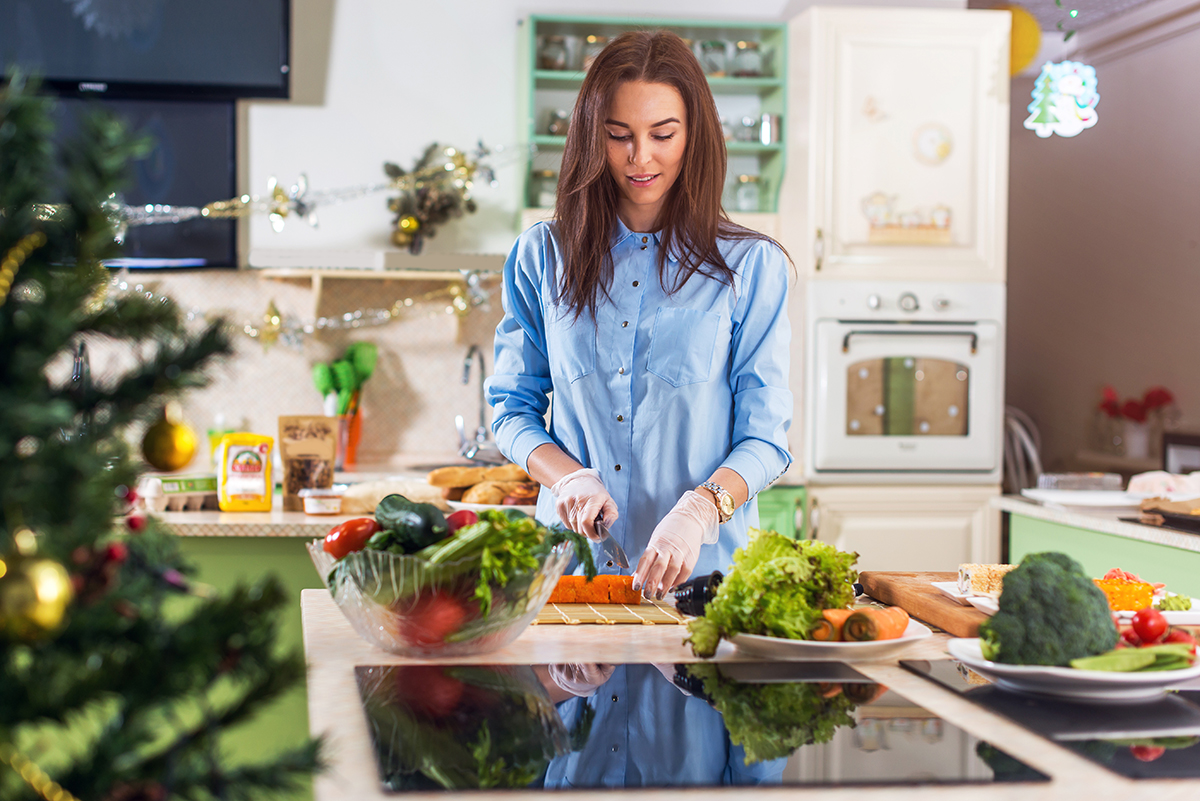
There’s nothing better about the holidays than a gorgeous feast that brings friends and family together. However, there are a few health hazards to look out for to ensure a happy, healthy holiday. Let’s talk about holiday food safety.
Keep Meat and Other Items Separate When Shopping
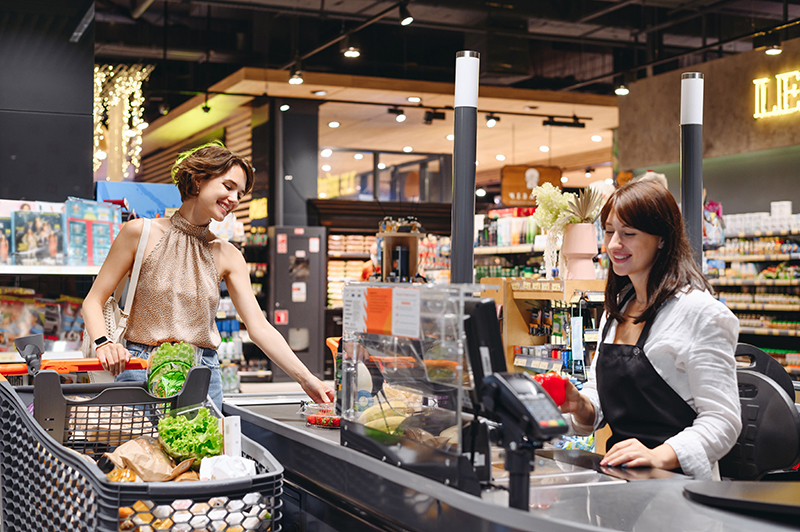
Holiday food safety starts at the grocery store. When placing items in your cart, keep meat separate from the other items to prevent cross contamination. Also plan your trip around the store so that you pick up refrigerated items last. This way, perishables spend less time at room temperature and are less likely to enter the temperature danger zone.
Keep Food out of the Temperature Danger Zone
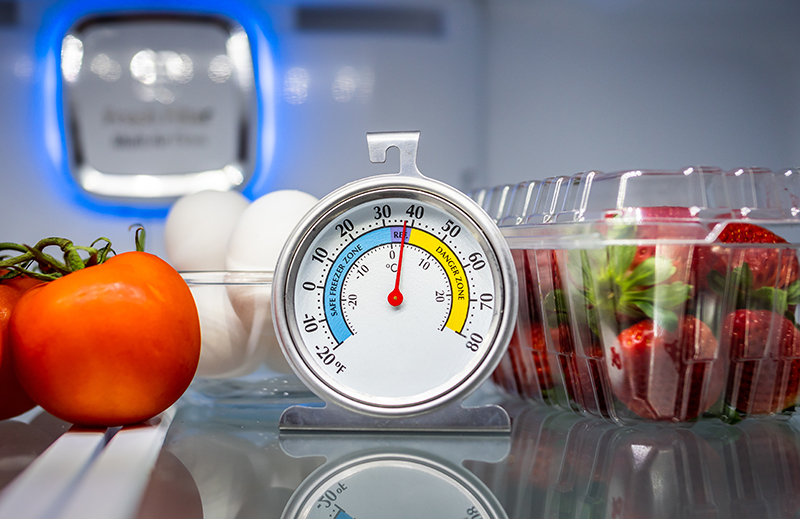
Speaking of the danger zone, this is a range of temperatures between 40°-140° Fahrenheit (4° - 60° Celsius). Inside of this temperature zone, bacteria grows and spreads the quickest, significantly raising the risk of foodborne illness.
In short, you’ll want to keep hot foods hot and cold foods cold. Check settings and use a thermometer to ensure your refrigerator is at 40 degrees or colder and that your freezer is at 0°F. Finally, refrigerate leftovers within 2 hours of serving for minimum exposure.
Thaw Your Turkey Safely
It’s advisable not to thaw a turkey until you’re ready to use it. The ideal way to thaw your turkey is to leave it in the original wrapper in your refrigerator placed on a tray to contain liquids that come out of it. The general rule of thumb is 24 hours for every 4-5 pounds that the turkey weighs. There is also guidance on a quicker method for thawing your turkey in cold water.
Keep Foods Separated
Once you’re home with your groceries, they should be stored separately. If at all possible, maintain separate sections of your refrigerator that you’ll maintain for meats and seafood and others for fruits and vegetables.
The meats and seafood should be on a lower shelf to prevent them from dripping onto other items.
Have Multiple Cutting Boards
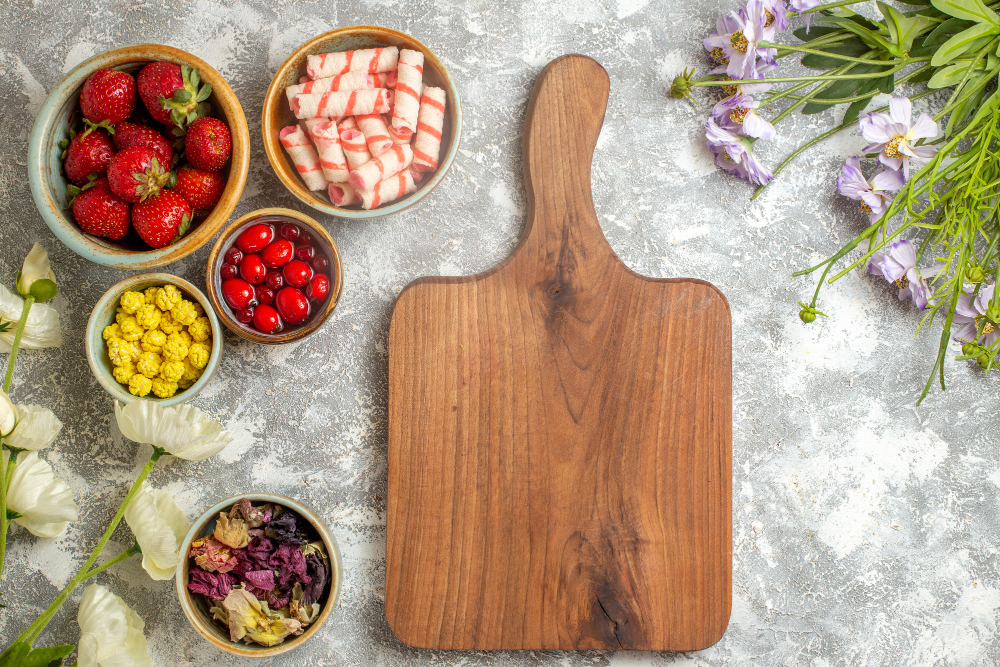
Another step to prevent cross contamination is to have at least two cutting boards. One for meat and one for other items. The more items you're working on, the more likelihood there is for germs to spread when only using one single cutting board.
Another danger with cutting boards is that with age they can become a breeding ground for bacteria. Wooden ones are porous and can absorb liquids. Plastic isn’t perfect either, the scratches and gouge marks that develop on the surface can also become a breeding ground for bacteria. If you have nice wooden ones, consider renewing them with sanding. If you’re not particularly attached, consider getting new ones for the holidays.
Don’t Handle Food If You’re Not Feeling Well
“The show must go on.” as they say and nothing is allowed to derail your holiday dinner. But if you’re not feeling well and suspect that you’re ill, try your best to avoid handling food.
It probably goes without saying, but doing so can spread your illness to all of your friends and family. A little delegation can go a long way to protect everyone.
Keep Surfaces Clean
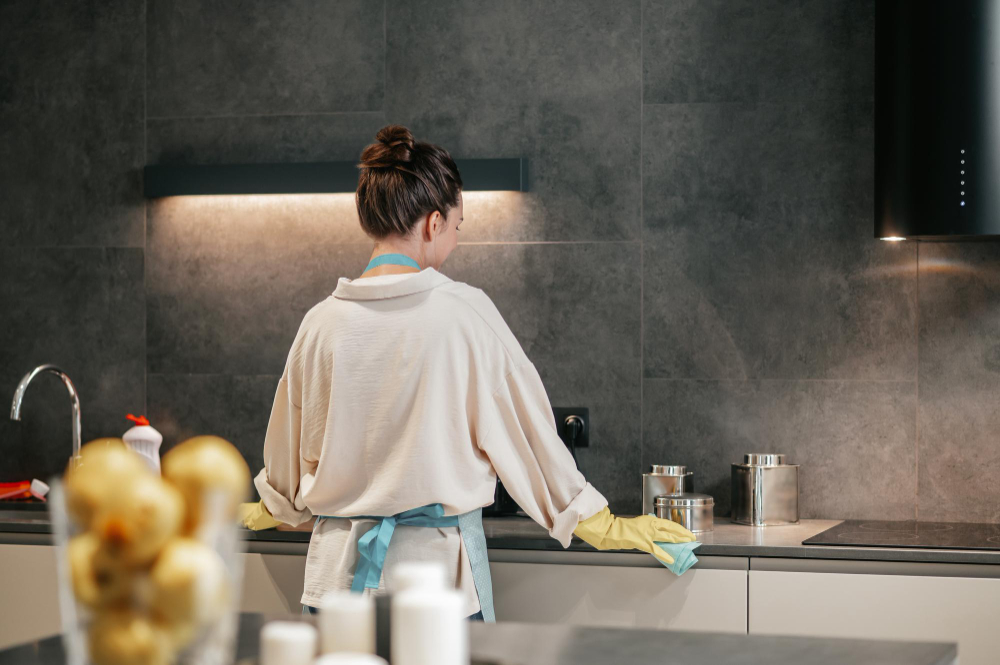
Before and during meal preparation, clean surfaces, cutting boards, refrigerator door handles, cabinet handles and other high-tough areas of the kitchen with hot, soapy water. This will prevent germs from lingering on surfaces and being picked up in between tasks.
Fingers OFF the Food!
Finger food can be one of the biggest holiday health hazards. The less touching of the food, the better. After all, the cleanliness of your guests and their children’s hands isn’t in your control.
If possible, use small individual containers for nuts or mints and put out spoons or tongs for meats and cheeses.
Avoid Putting Out Gigantic Meat and Cheese Trays
Further on the subject of meats and cheeses. A meat and cheese tray can be a tasty and satisfying way to hold guests over until the main courses are finished. But try to avoid putting out one large tray that will sit out for hours in the “danger zone” mentioned above. Instead put out a small tray and replace it with freshly refrigerated ones as needed.
Cook Food Thoroughly
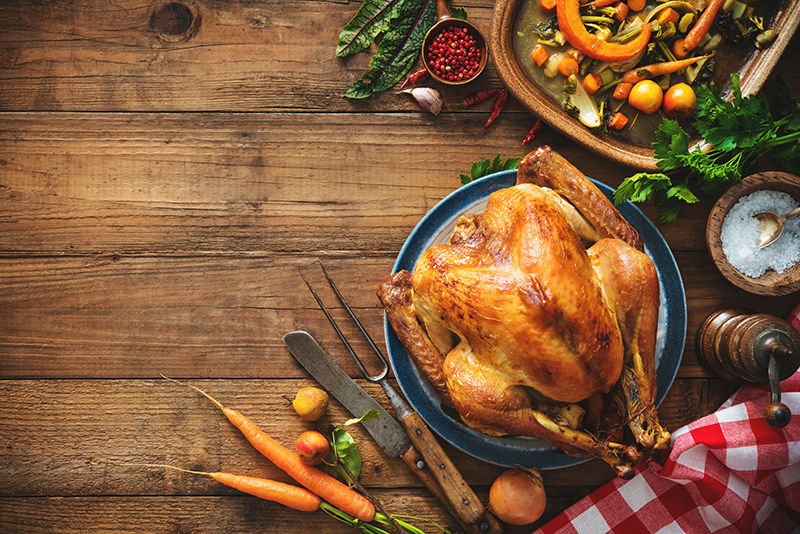
Undercooked meats present hazards such as Salmonella, Listeria, Campylobacter and E. coli. All of these can mostly be mitigated by cooking meats to a safe internal temperature. To ensure your food is cooked thoroughly, buy and use a food thermometer.
Use Separate Utensils for Tasting
It's great to taste your food as you’re cooking to adjust seasoning or to see the progression of flavor but this can also be a way for germs to spread. Do not taste from the cooking utensils. And use a fresh spoon every time you need to take a taste do so safely.
Let the Dishes Air Dry if Possible
Letting the dishes sit there might get under your skin but if you can bear it, air drying them could keep everyone a little safer. The towels with which you dry your dishes quickly pickup moisture that can pick up germs from your hands or surfaces more easily spreading them to your otherwise clean dishes.
Use Pasteurized Eggs for Dishes with Raw Eggs

Even though it’s less of a problem than in the 1980s and 1990s, eggs can still have salmonella inside and out. For dishes that use raw or undercooked eggs, such as eggnog, hollandaise sauce, mayonnaise, and creamy salad dressings, the CDC recommends using pasteurized eggs.
Practice Proper Hand Washing
The CDC provides proper handwashing guidelines to follow before and after handling food. You should also wash your hands after feeding pets, changing diapers, touching garbage, caring for a sick person and other activities that might expose you to viruses and bacteria.
Handle and Enjoy Leftovers Safely
Leftovers should be placed in the refrigerator within 2 hours of serving. When doing so, it’s ideal to use long shallow pans. This keeps the food from having uneven temperature zones where the center might linger within the danger zone.
It’s also advisable to put food that is still hot or even very warm directly into the refrigerator. If possible, Michigan State University provides guidelines on using an ice bath to cool your food down rapidly.
When you want to enjoy those leftovers, make sure to do so within 4 days. Reheat hot foods to at least 165 degrees.
Bottom Line
Some of these food safety guidelines might seem like overkill. But food safety especially around the holidays is no laughing matter. You’ll be glad when everyone enjoys a happy, healthy holiday.




Validate your login
Sign In
Create New Account